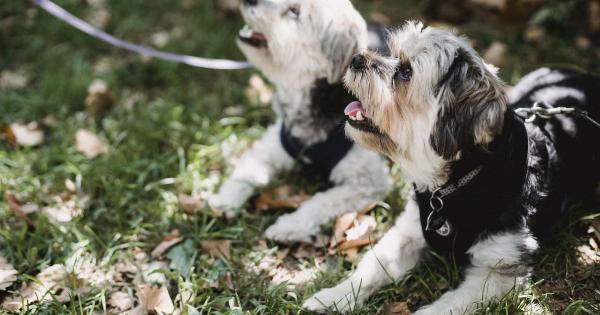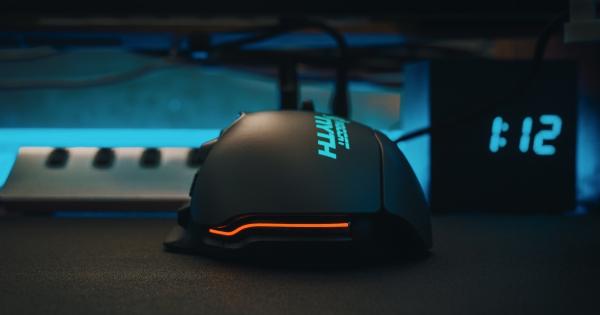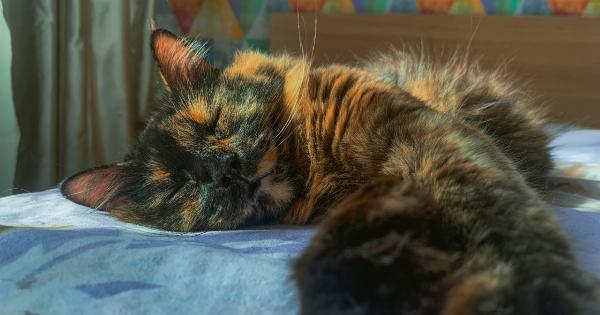As pet owners, we all want the best for our furry friends. We take them to the vet, buy them the best food, and give them all the attention in the world.
But what happens when we, as owners, suffer from anxiety? Unfortunately, our pets can pick up on our anxiety and it can affect them in negative ways. This can lead to a vicious cycle where the anxious owner has an anxious pet and the pet’s anxiety then further exacerbates their owner’s anxiety.
The link between owner and pet anxiety
Many pet owners are surprised to learn that their own anxiety can affect their pet. However, studies have shown that anxiety can be transmitted between humans and animals.
When we’re anxious, our body releases stress hormones like cortisol, which can then be detected by our pets. In fact, dogs can sense changes in our heart rate, body temperature, and even smell, all of which can be influenced by anxiety.
Additionally, our behavior when we’re anxious can also contribute to our pet’s anxiety.
For example, if we’re constantly checking on our pet or reacting with fear to certain situations, our pet may start to interpret those situations as dangerous or scary.
The dangers of pet anxiety
Just like humans, pets can experience anxiety in a variety of ways.
Some common signs of anxiety in pets include excessive barking or meowing, destructive behavior, shaking or trembling, excessive licking or biting, and changes in appetite or sleeping patterns. Additionally, if left untreated, anxiety can lead to more serious health problems such as depression, separation anxiety, and even aggression.
For owners, living with an anxious pet can be stressful and emotionally draining. It can make it difficult to enjoy everyday activities with our furry friends and can even lead to feelings of guilt or shame.
Breaking the cycle
If you’re an anxious owner with an anxious pet, there are steps you can take to break the cycle and improve the overall mental health of both yourself and your pet. Here are a few things to consider:.
1. Talk to your vet
The first step in managing pet anxiety is to talk to your vet. They can help rule out any underlying medical issues that may be contributing to your pet’s anxiety and can recommend treatment options such as medication or behavioral therapy.
2. Create a calm environment
Creating a calm and peaceful environment can help both you and your pet feel more relaxed. This can include things like calming music, essential oils, and creating a cozy space for your pet to retreat to when they’re feeling anxious.
3. Practice relaxation techniques
Practicing relaxation techniques such as meditation, deep breathing, or yoga can help both you and your pet feel more relaxed and calm.
Additionally, regular exercise and playtime can help reduce anxiety and release endorphins, which can improve both physical and mental health.
4. Don’t reinforce anxious behavior
While it’s important to provide comfort to your pet when they’re feeling anxious, it’s also important not to reinforce anxious behavior.
For example, if your pet is scared of thunderstorms and you provide constant reassurance, they may begin to associate the storm with the need for comfort and become more anxious as a result. Instead, try to distract your pet with fun activities or positive reinforcement for calm behavior.
5. Seek support
Managing pet anxiety can be challenging, so don’t be afraid to seek support. Joining a support group or talking to a therapist can provide you with the tools and resources you need to manage your own anxiety and provide the best care for your pet.
The Bottom Line
Anxiety can affect both pets and their owners in negative ways.
But by taking steps to manage your own anxiety and create a calm environment for your pet, you can break the cycle and improve the overall mental health and well-being of both you and your furry friend.




























